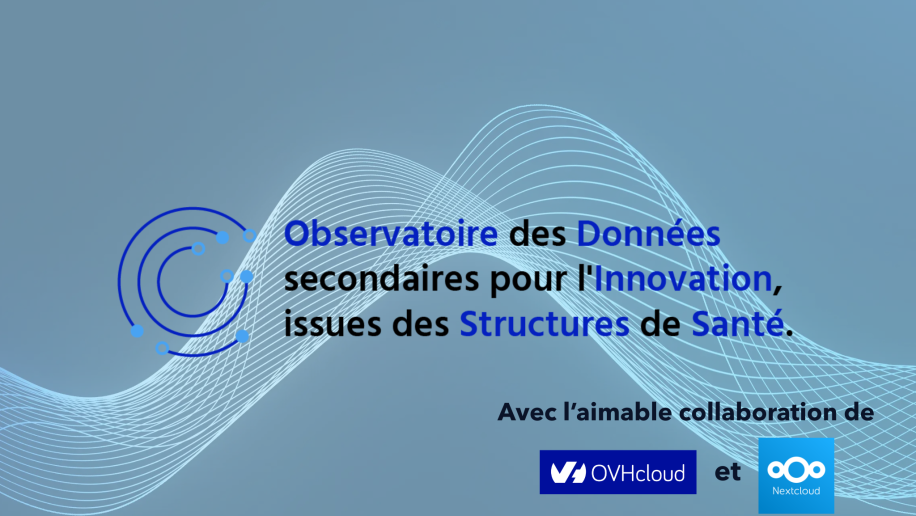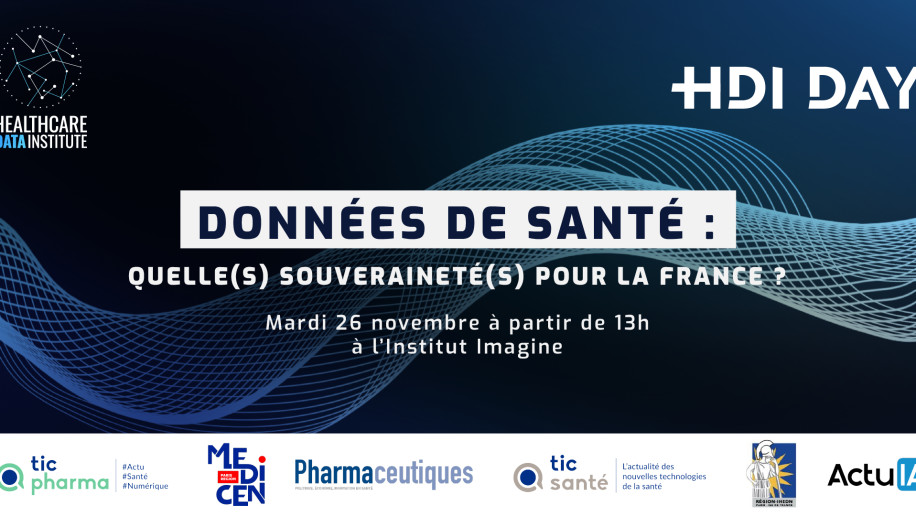Despite strong progress in healthcare, adverse events in hospital stays are still responsible for 2m deaths per year and millions of bodily-injured cases worldwide. Often related to organizational setbacks and lack of information, several root causes can be analyzed for future prevention to make those issues “never again” events. Yet, getting access to the right data at the right time to the right person, is far from straightforward.
As a Risk Manager, we struggle to detect and prevent adverse events based on objective facts that could put healthcare organization at risks, for both the medical staff and the patient. It has been often too late when you raise an issue and try to make it meaningful for the healthcare organization to correct a situation.
Events are meaningful source of information but the right criteria to use in the context is highly difficult to assess. So how can we turn healthcare organization into a risk learning institution? How can we take advantage of best practices and deliver insights at the right level? Those questions have been longstanding issues demotivated by the enormous amount of data that had to be collected, analyzed and transposed. However, a new paradigm of data exploration is now opened.
Towards intertwined Artificial Intelligence
At Relyens, we are engaged in a process of innovation to help understand what could be done in terms of risk assessment and prevention, to better help our members manage their operation. By leveraging massive claims data and trying to connect the cause and the consequences, we expect to provide a new grid of analysis to react promptly to a situation.
The core challenges remain in the correct data collection, architecture, and being able to interact with other data producers and interfaces that would help rebuild the entire picture of the event and the appropriate solutions.
Investigation on the combination of clustering algorithms that work on high-dimensional data is one of the key dimensions we explore and hope to make it meaningful and collaborative with other players involved in Artificial Intelligence (such as IoT providers for healthcare).
Debunking the myth of data interpretation
There is sometimes a misunderstanding on the power of the data and overreaction fearing what could be used in an inappropriate way. But when it comes to patient safety and potential to save life or prevent injuries, there should not be such a debate. It is even more true when you try to build a mutualist virtuous cycle to let insights benefit for the largest.
It is all about context. And healthcare data can help us better understand what’s going wrong and what are the real root causes that you can identify, based on this peculiar situation that we do not want to see happening again.




